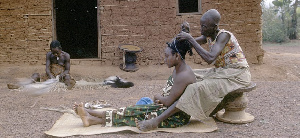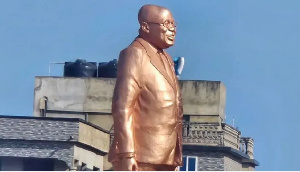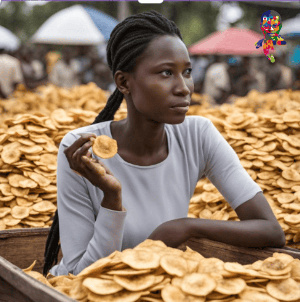Africa News of Sunday, 19 March 2023
Source: face2faceafrica.com
The Art of Skull Elongation by the Mangbetu Tribe in DR COngo
As the saying goes, “beauty is in the eyes of the beholder”. What appears to be a major deformity of the skull is considered a symbol of great beauty and social standing in the society by the Mangbetu people of the Democratic Republic of Congo.
Found in the remotest parts of northeastern DRC, the Mangbetu people have a distinctive physical appearance that is largely highlighted by their elongated heads.
While some people may view this physical feature as a serious deformity, the Mangbetu people consider it a symbol of beauty, prestige and power.
In the ancient times, members of this (now endangered) tribe considered the skull deformation as a sign of higher intelligence and a status symbol among the ruling class.
So, to ensure their children developed the desired shape as they grew up, women in this community wrapped their babies’ heads with tight cloths at birth.
The tradition, which is locally referred to as Lipombo, begins exactly a month after birth and continues for several years until the child acquires the preferred shape of the head.
Safety Concerns
Although the practice was outlawed by European colonialists, who invaded the country in the 1950s, some members of the Mangbetu tribe still practice it to date.
While some people are opposed to this practice, fearing that it might affect a child’s brain development, experts have ruled out such possibilities, insisting that the brain is capable of adapting and developing into any shape of the skull.
They say the brain, being an elastic organ, can grow or expand into the desired shape without any form of damage or deformity.
Entertainment










